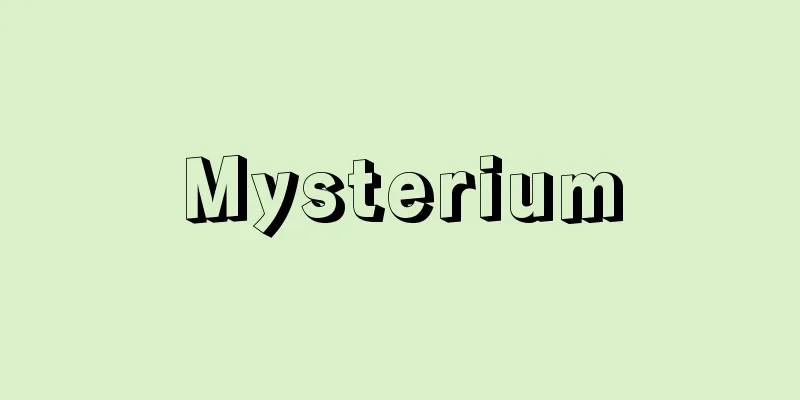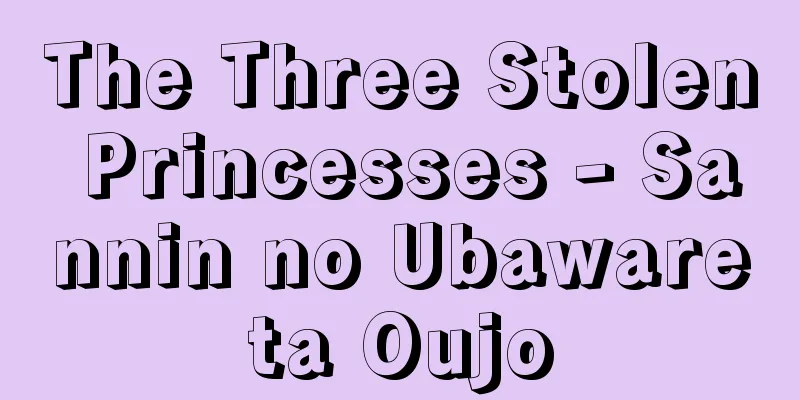Evenki people - Evenki (English spelling)

|
Evenki are the ethnic minorities in Russia and Siberia with the largest population (about 70,000) and the largest distribution area. Linguistically, they are one of the Tungusic speaking tribes. They live in the Krasnoyarsk region of Russia, but are dispersed throughout Siberia, from the Ob and Irtysh rivers in the west to the coast of the Sea of Okhotsk and Sakhalin in the east. Several thousand people live in the Inner Mongolia Autonomous Region of China, and they were formerly called the Solon people. As a result, there are significant regional differences in all aspects of their livelihood, language, culture, and society. In addition, there are ethnic groups called the Oroqen, Manegil, and Bilal, all of which are included in the Evenki in terms of language and culture. Overall, Evenki people have a variety of combinations of hunting, fishing, and reindeer husbandry in their production, and there are cultural elements common to all Evenki people, such as chamois leather, birch bark conical tents (chums), clothing characterized by open-front cloaks and breastplates, birch bark boats, and cradles. The social organization of the people was characterized by the patrilineal clan (hara) division that was known in the 17th century, the use of kinship names, and the distinction between older and younger generations. In terms of religion, shamanism is prominent, and reindeer-related magic rituals, nature worship, and a creation myth of two brother gods are found. After 1931, during the Soviet era, the people were organized into kolkhozes. Source: Encyclopaedia Britannica Concise Encyclopedia About Encyclopaedia Britannica Concise Encyclopedia Information |
|
ロシア,シベリアの少数民族中,最大の人口(約 7万)と分布領域をもつ民族。言語的にはツングース語系諸族の一つ。ロシア,クラスノヤルスク地方のエベンキにまとまって居住するほかは,西はオビ川とイルティシ川から東はオホーツク海沿岸,サハリンに及ぶシベリア全域に分散している。また中国の内モンゴル自治区周辺に数千人が居住し,以前はソロン(索倫)族と称されていた。そのため生業をはじめ言語,文化,社会のあらゆる面で地域差が著しい。さらに,オロチョン,マネギル,ビラールと呼ばれる民族があるが,言語・文化的にはいずれもエベンキに含まれる。全体として生産には狩猟,漁労,トナカイ飼養のさまざまな複合がみられ,またセーム革やシラカバ樹皮の円錐形天幕(チュム),前開き外套と胸当てを特徴とする衣服,シラカバ樹皮の舟,ゆりかごなどエベンキ族全体に共通する文化要素がある。社会組織は 17世紀に父系氏族(ハラ)の区分が知られており,親族名称は類別的で,各世代で年上,年下の区別がなされたことが特徴的である。宗教ではシャーマニズムの発達が顕著であり,またトナカイに関する呪術儀礼や自然崇拝,兄弟神の天地創造神話が認められる。1931年以降ソビエト連邦時代にはコルホーズ化されていた。
出典 ブリタニカ国際大百科事典 小項目事典ブリタニカ国際大百科事典 小項目事典について 情報 |
>>: Everest [mountain] - Everest
Recommend
Ring finger - Kanshi
…The term medical finger was already used in the ...
Zhōng wen (English spelling) Zhongwen
…Chinese people usually call Chinese language Zhō...
Yellow Ting Jing (Huang Ting Jing)
Taoist scriptures. Generally, it is a collective t...
AFP
Reference value 10ng/mL or less (EIA method) High...
Umatilla Tangor - Umatilla Tangor
…Some varieties that are said to have been create...
Wood, N.
…One of the fusible alloys invented by N. Wood in...
Zētēs (English spelling)
… [Tatsuo Hanabusa] 【mythology】 In Greek mytholog...
Music Volkerkunde (English)
…A branch of musicology. Because the subject and ...
Skein - Skein
...The name comes from the fact that the head pro...
Stone
〘noun〙① Placing a stone in a certain place. Also, ...
Hill fort - Kyusai
...They were divided into many tribes, but their ...
Amin, I. (English spelling) AminI
...Then in 1969, the DP was outlawed, and the cou...
Lockhart, John Gibson
Born 14 July 1794 in Camberwell, Lanarkshire [Died...
Cylindrical fold - Entojo fold
… The classification is based on the geometric pr...
Red squirrel (Northern squirrel)
A squirrel found in the forests of northern Europe...









